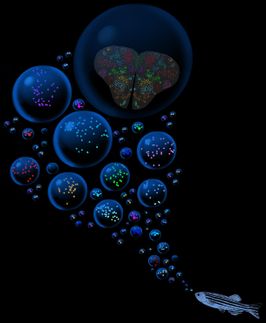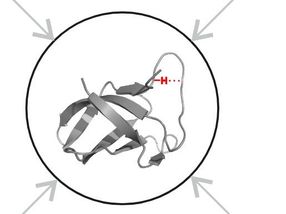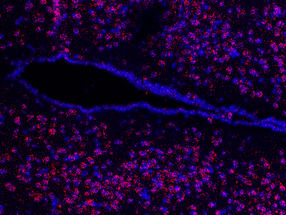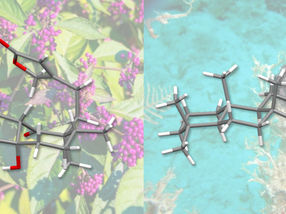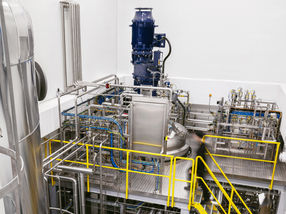Overlooked Peptide Reveals Clues to Causes of Alzheimer's Disease
Researchers at the Riken Brain Science Institute (BSI) and their collaborators have shed light on the function of a little-studied amyloid peptide in promoting Alzheimer's disease (AD). Their surprising findings reveal that the peptide is more abundant, more neurotoxic, and exhibits a higher propensity to aggregate than amyloidogenic agents studied in earlier research, suggesting a potential role in new approaches for preventing AD-causing amyloidosis.
An irreversible, progressive brain disease affecting millions worldwide, Alzheimer's disease is devastating for its victims, robbing them of their memory and cognitive skills and ultimately of their lives. Even after decades of research, however, the causes of AD remain elusive. Two features in the brain, abnormal clumps (senile plaques) and tangled bundles of fibers (neurofibrillary tangles), are known to characterize AD, but there is little consensus on the link between these features and the underlying roots of the disease.
One hypothesis that has attracted widespread support proposes that AD is caused by the buildup of the senile plaques, and in particular of their main constituent, beta amyloid peptides (Abeta). Two major forms of Abeta, Abeta40 and Abeta42, have been associated with genetic mutations causing early-onset AD, and have thus received considerable research attention. The role of longer Abeta species, in contrast, which also exist in the brains of Alzheimer's patients, has not yet been fully investigated.
In their current work, the researchers focused on Abeta43, an beta amyloid peptide found just as often in patient brains as Abeta42, but about which relatively little is known. To study the peptide's role in AD, they generated mice with a mutation causing overproduction of Abeta43, and used a highly sensitive system to distinguish between concentrations of Abeta40, A42 and Abeta43.
Their surprising results reveal that Abeta43 is even more abundant in the brains of AD patients than Abeta40, and more neurotoxic than Abeta42. Abeta43 also exhibits the highest propensity to aggregate and considerably accelerates amyloid pathology. Moreover, unlike the other two Abeta species, which exist in human and mouse brains at birth, Abeta43 levels appear to increase with age, consistent with the pattern of AD onset.
Published in the journal Nature Neuroscience, the findings thus reveal the possible value of Abeta43 as a biomarker for diagnosis of AD and suggest a potential role in new approaches for preventing AD-causing amyloidosis, promising hope to AD sufferers around the world.
Original publication
Other news from the department science

Get the life science industry in your inbox
From now on, don't miss a thing: Our newsletter for biotechnology, pharma and life sciences brings you up to date every Tuesday and Thursday. The latest industry news, product highlights and innovations - compact and easy to understand in your inbox. Researched by us so you don't have to.
